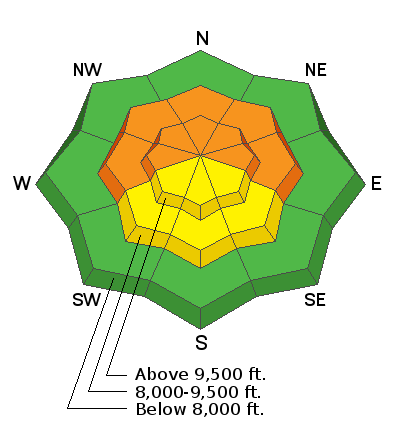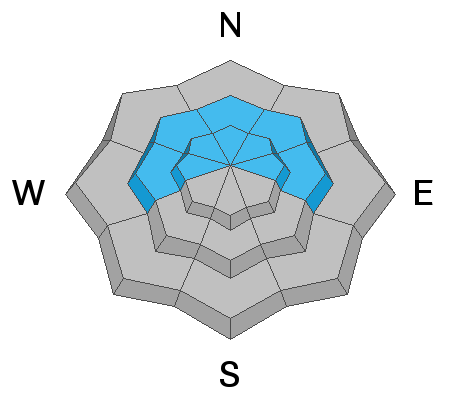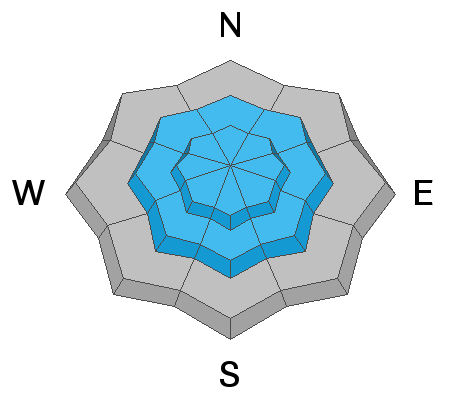Forecast for the Salt Lake Area Mountains

Issued by Trent Meisenheimer on
Saturday morning, January 8, 2022
Saturday morning, January 8, 2022
Dense storm and wind-drifted snow have created a CONSIDERABLE avalanche danger on mid and upper elevation aspects facing west to north and east. Avalanches may break down 3-10 feet deep into old, weak snow near the ground. A MODERATE avalanche danger exists on southerly aspects at the mid and upper elevations for both hard and soft drifts of wind-blown snow.
The good news is that we can find excellent and safer riding on lower-angle slopes with no overhead hazard.

Low
Moderate
Considerable
High
Extreme
Learn how to read the forecast here








